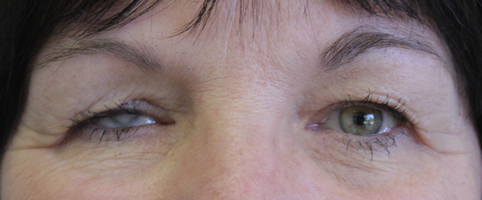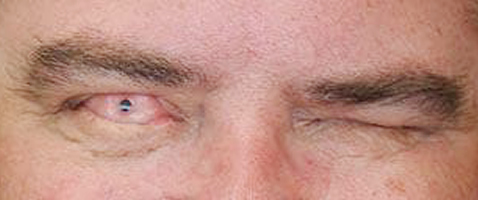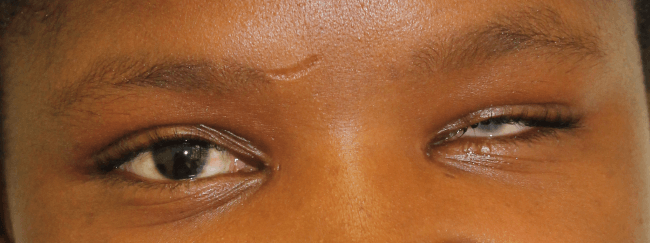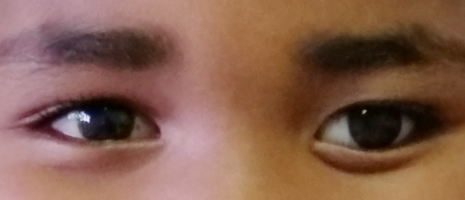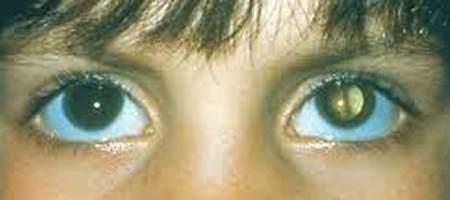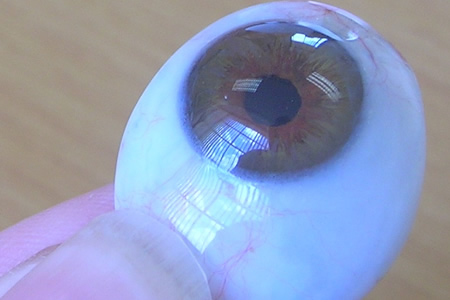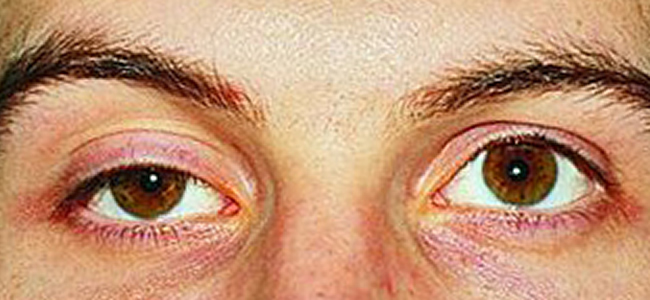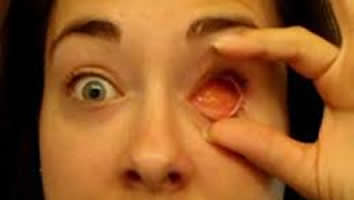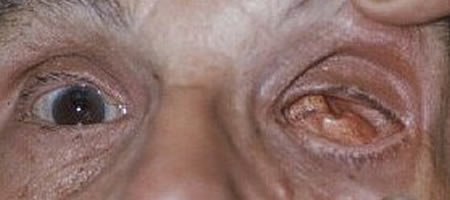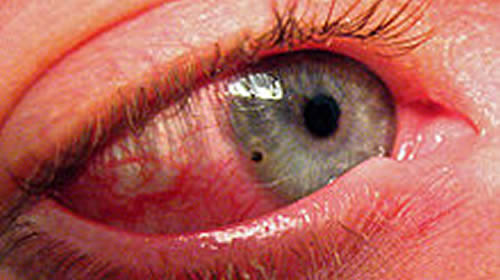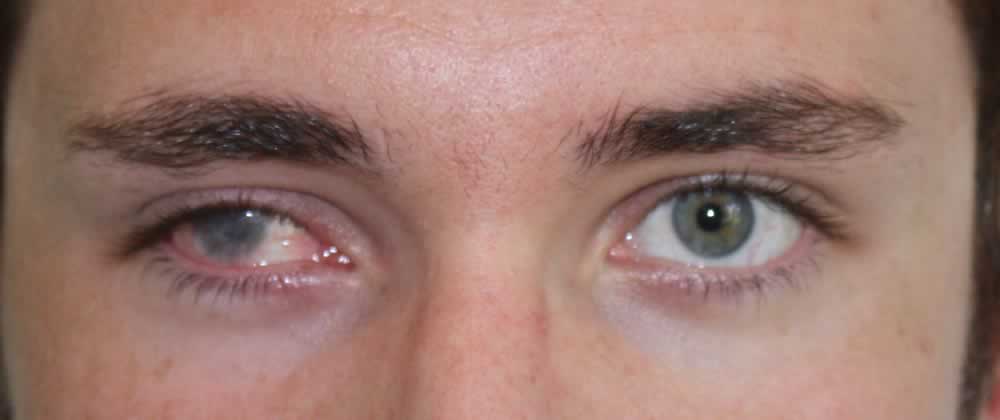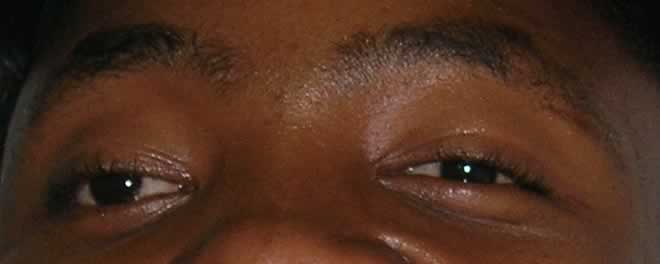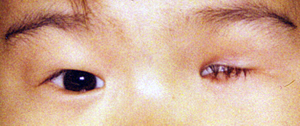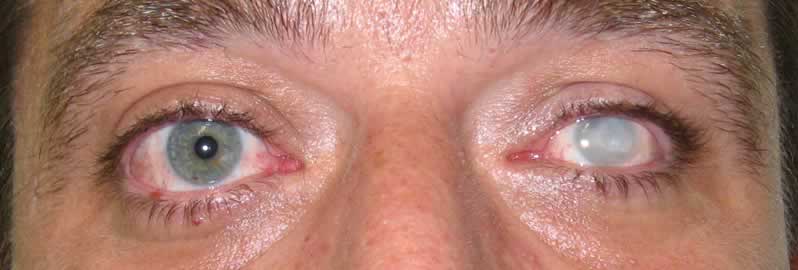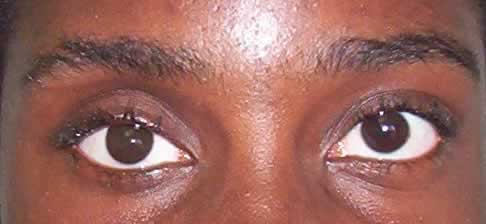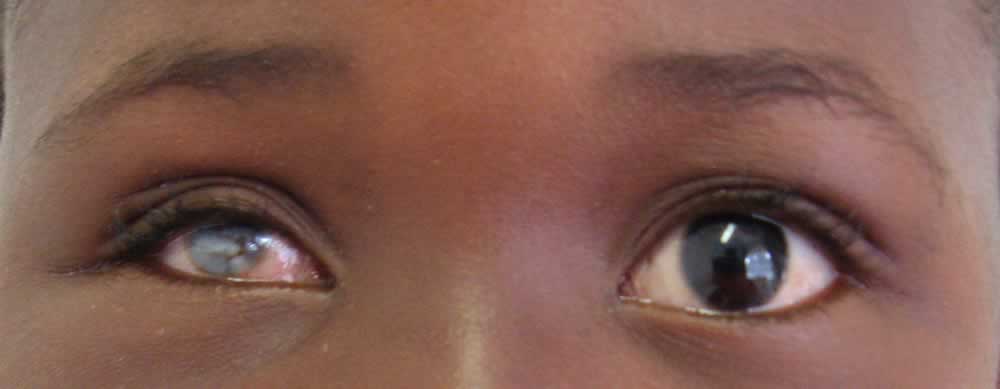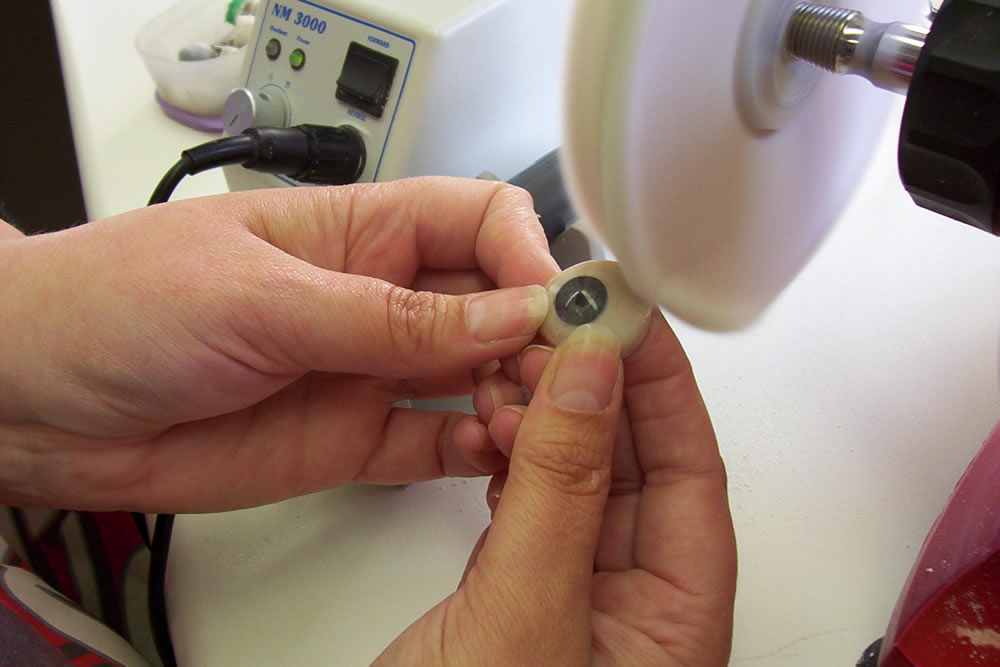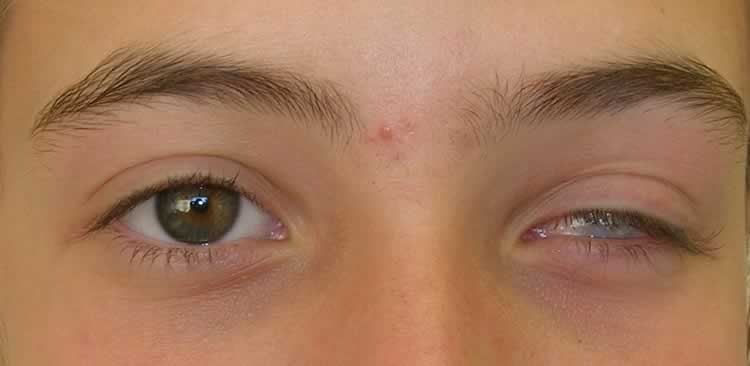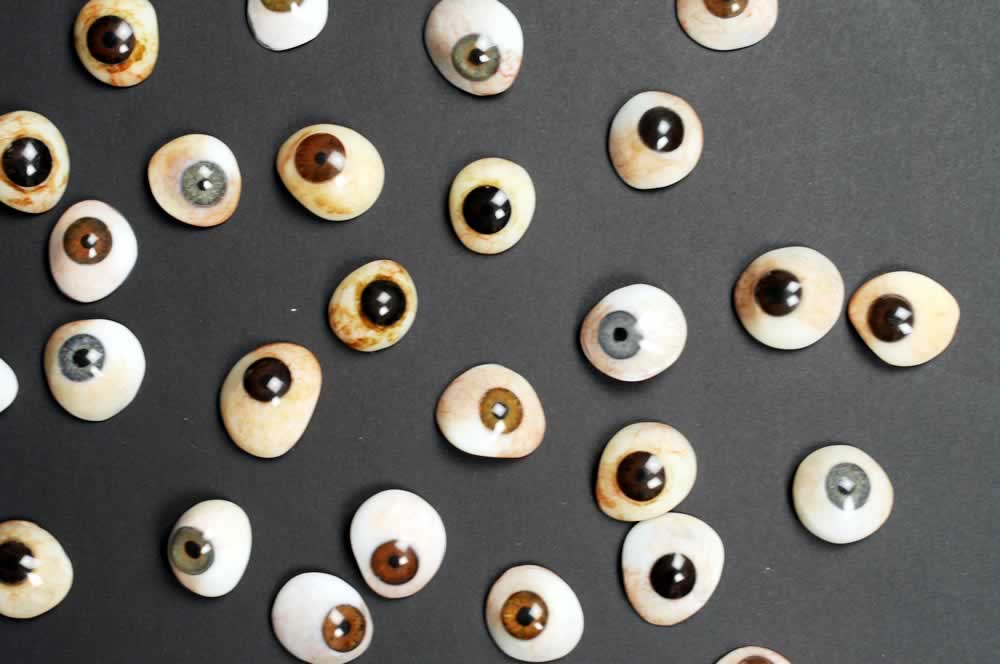List Of All Related Topics
Anophthalmia
Anophthalmia is the medical term for the absence of one or both eyes where both the globe (human eye) and the ocular tissue are missing from the orbit. Anophthalmia is a rare condition in which one or both eyes fail to form during pregnancy. Should it occur in both eyes, the child will be born blind. Unfortunately there is no cure for anophthalmia.
Click here for more info
Artificial lens
An artificial eye (sometimes called a glass eye or artificial lens) or ocular prosthesis is manufactured to replace an eye that has been lost to blindness, illness or injury. Over the years ocular prostheses have been made from many different materials including glass but today we have superior materials available and the artificial eye is made from a quality acrylic. An artificial eye is fitted by an Ocularist registered with OASA, the Ocularists Association of Southern Africa.

Blind Eye
If you would like to improve the appearance of a blind eye, a visit to our Ocularistry practice in Randburg is highly recommended. Our individually designed, custom-made prosthetic scleral shells are precisely fabricated to meet each of your very specific needs, from colour and pigmentation to comfort and fit.
Click here for more info
Cataract Syndrome
A cataract is a clouding of the lens in the eye leading to a decrease in vision. It can affect one or both eyes. Often it develops slowly. Symptoms may include faded colours, blurry vision, halos around light, trouble with bright lights, and trouble seeing at night.

Children's Eyes
Whether your child has lost an eye due to injury or illness, was born anophthalmic or with microphthalmia, your objective is more than likely to restore your child's appearance and encourage normal eye socket development. The fitting of an ocular prosthesis (or artificial eye) is usually recommended and it is advised that this be done as soon as possible. The youngest patients Beryl Carvalho – Eyes Alive have helped were 2 month olds.
Click here for more info
Congenital Eye Disease
There are some eye disorders that people are born with. Congenital eye conditions are present at birth and affect the eyes or vision. Some of these defects are genetic and others can be the result of a disease (like vision loss due to German measles) or deficiency during pregnancy.

Custom Artificial Eyes
Much like a biological eye, high grade acrylic prosthetic eyes are unique and durable. Beyond the technical aspects of Ocularistry lies the art of designing and creating an artificial eye that is realistic, beautiful and comfortable. Eyes Alive specialises in fabricating, fitting, shaping and painting ocular prostheses and our many satisfied clients are testimony to our expertise, professionalism and care.
Click here for more info
Enophthalmos
Is the posterior displacement of the eyeball within the orbit due to changes in the volume of the orbit (bone) relative to its contents (the eyeball and orbital fat), or loss of function of the orbitalis muscle. The posterior displacement of the eyeball within the orbit is known as enophthalmos.

Enucleation
Are you suffering from acute eye trauma, retinoblastoma (ocular tumours) or painful blind eyes? Chances are your Ophthalmologist has recommended enucleation or you have heard a friend talk about it.
Click here for more info
Evisceration
An evisceration is the removal of the eye's contents, leaving the sclera and extraocular muscles intact. Evisceration is a procedure carried out to remove a diseased or painful blind eye. Put simply, the eye’s contents and cornea are removed, leaving the scleral shell (outer covering of the eye) and extraocular muscles in place.

Eye Trauma
Physical or chemical injuries of the eye can be a serious threat to vision if not treated appropriately and in a timely fashion. The most obvious presentation of ocular (eye) injuries is redness and pain of the affected eyes.
Click here for more info
Haptic Shell
We are qualified Ocularists able to provide you with an eye prosthesis. Depending on your condition or injury we will advise you as to whether you require a complete ocular prosthetic or a haptic shell (also known as a scleral shell) to cover an affected eye.

Kunsoe
Ons spesiaal ontwerpte, handegeverfde, prostetiese oë word noukeurig vervaardig na die gelang van ons pasiënte se spesifieke behoeftes. Alle prostetiese oë is handgeverf en die prostetiese oogkleur word presies geformuleer om te pas by die oog kleur van die pasiënt se funksionele oog. Die verf proses is geweldig gedetaileerd en spesifiek in terme van kleur pigmentasie van die iris asook die bloedvate in die sklera (die wit van die oog).
Click here for more info
Microphthalmia
Also referred as microphthalmos, is a developmental disorder of the eye in which one (unilateral microphthalmia) or both (bilateral microphthalmia) eyes are abnormally small and have anatomic malformations.

Natural Scleral
Designed to be worn over a disfigured or discoloured eye, a scleral cover shell is a thin prosthetic eye. Covering the entire surface of the blemished eye and restoring its natural appearance, a scleral shell offers relief to patients both physically and psychologically.
Click here for more info
Ocular Prosthetics
An ocular prosthetic is an artificial eye. The prosthesis replaces a biological eye lost to blindness, illness or injury. An implant is inserted into the eye socket that fills the space the eyeball once occupied. Once the implant is in place a prosthetic shell is created to cover the surface of the implant. A prosthetic shell does not allow the wearer to see but it is designed to mirror the sighted or biological eye for a natural appearance.

Phthisical Eye
When an eye has been damaged, eyesight has been lost and the eye's orb has begun shrinking to create an irregular cornea this is known as a Phthisical eye. The best way to address this condition is usually in the fitting of a scleral shell over the Phthisical eye. We have seen great results using a scleral shell.
Click here for more info
Polishing A Prosthesis
Your prosthetic eye should, ideally, be professionally polished every six months to a year. This recommendation is in line with globally accepted Ocularist best practices. The majority of patients are in need of a professional polish when they experience: * Increased discharge * Irritated or itchy eyelids * A change in the eye's cosmetic appearance * A feeling of a foreign body in the socket.

Primary Juvenile Glaucoma
Primary Juvenile Glaucoma is glaucoma that develops due to ocular hypertension and is evident either at birth or within the first few years of life. It is caused due to abnormalities in the anterior chamber angle development that obstruct aqueous outflow in the absence of systemic anomalies or other ocular malformation.
Click here for more info
Ptosis
Ptosis is a drooping or falling of the upper eyelid. Droopy eyelids? 'Droopy eyelids', or ptosis is when the upper eyelid of one (unilateral ptosis) or both eyes (bilateral ptosis) droops.

South African OASA Ocularist
An OASA designated ocular prosthetic specialist situated in Randburg, Johannesburg in South Africa. For nearly 30 years, Beryl Carvalho has been dedicated to the custom designed prosthetic eye making process. Driven to create ocular prostheses that offer comfort, movement and authenticity, her work ethic is enmeshed with her passion for the art of recreating an eye that is as unique and as beautiful as a natural eye. Beryl has made so many eyes that sometimes she sees many eyes in front of her in her dreams.
Click here for more info
Scleral Cover
Worn over a blind shrinking eye, a scleral shell is an ocular prosthesis that fits like a large contact lens. The shell covers the entire front surface of the eyeball and its movement mirrors the sighted eye. It is designed to fit symmetrically. Our patients typically wear their scleral shells during the day and remove them at night.

Stock Eye
There are substantial differences between custom-made and ready-made artificial eyes. While a stock eye prosthesis is very much more affordable, custom-made eye prostheses will often be the first option your Ocularist will recommend as they take into consideration the individual features and physical needs of the wearer.
Click here for more info
Contact Us
Operating Hours
Monday - Friday: 9:30 am - 5:00 pm
1 Saturday a month: By appointment only
Sunday: Closed
Let us call you
Provide your details to us and we will be in touch with you.


